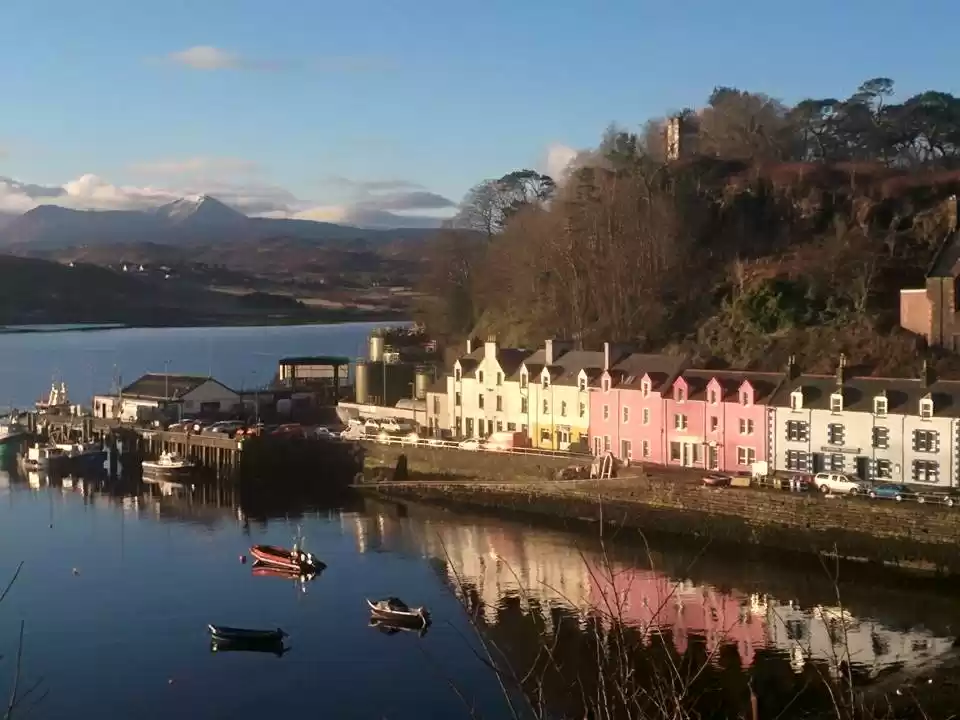St Andrews Tourism and Travel Guide
St Andrews (Latin: S. Andrea(s); Scots: Saunt Aundraes; Scottish Gaelic: Cill Rìmhinn) is a former royal burgh on the east coast of Fife in Scotland, 10 miles (16 km) southeast of Dundee and 30 miles (50 km) northeast of Edinburgh. The town is home to the University of St Andrews, the third oldest university in the English-speaking world and the oldest in Scotland. The University is an integral part of the burgh, and during term time students make up approximately one third of the town's population. St Andrews has a population of 16,680, making it the fifth largest settlement in Fife.The town is named after Saint Andrew the Apostle. There has been an important church in St Andrews since at least the 8th century, and a bishopric since at least the 11th century. The settlement grew to the west of St Andrews cathedral with the southern side of the Scores to the north and the Kinness burn to the south. The burgh soon became the ecclesiastical capital of Scotland, a position which was held until the Scottish Reformation. The famous cathedral, the largest in Scotland, now lies in ruins.St Andrews is also known worldwide as the 'home of golf'. This is in part because the Royal and Ancient Golf Club, founded in 1754, exercises legislative authority over the game worldwide (except in the United States and Mexico), and also because the famous links (acquired by the town in 1894) is the most frequent venue for The Open Championship, the oldest of golf's four major championships. Visitors travel to St Andrews in great numbers for several courses ranked amongst the finest in the world, as well as for the sandy beaches.The Martyrs Memorial, erected to the honour of Patrick Hamilton, George Wishart, and other martyrs of the Reformation epoch, stands at the west end of the Scores on a cliff overlooking the sea.












